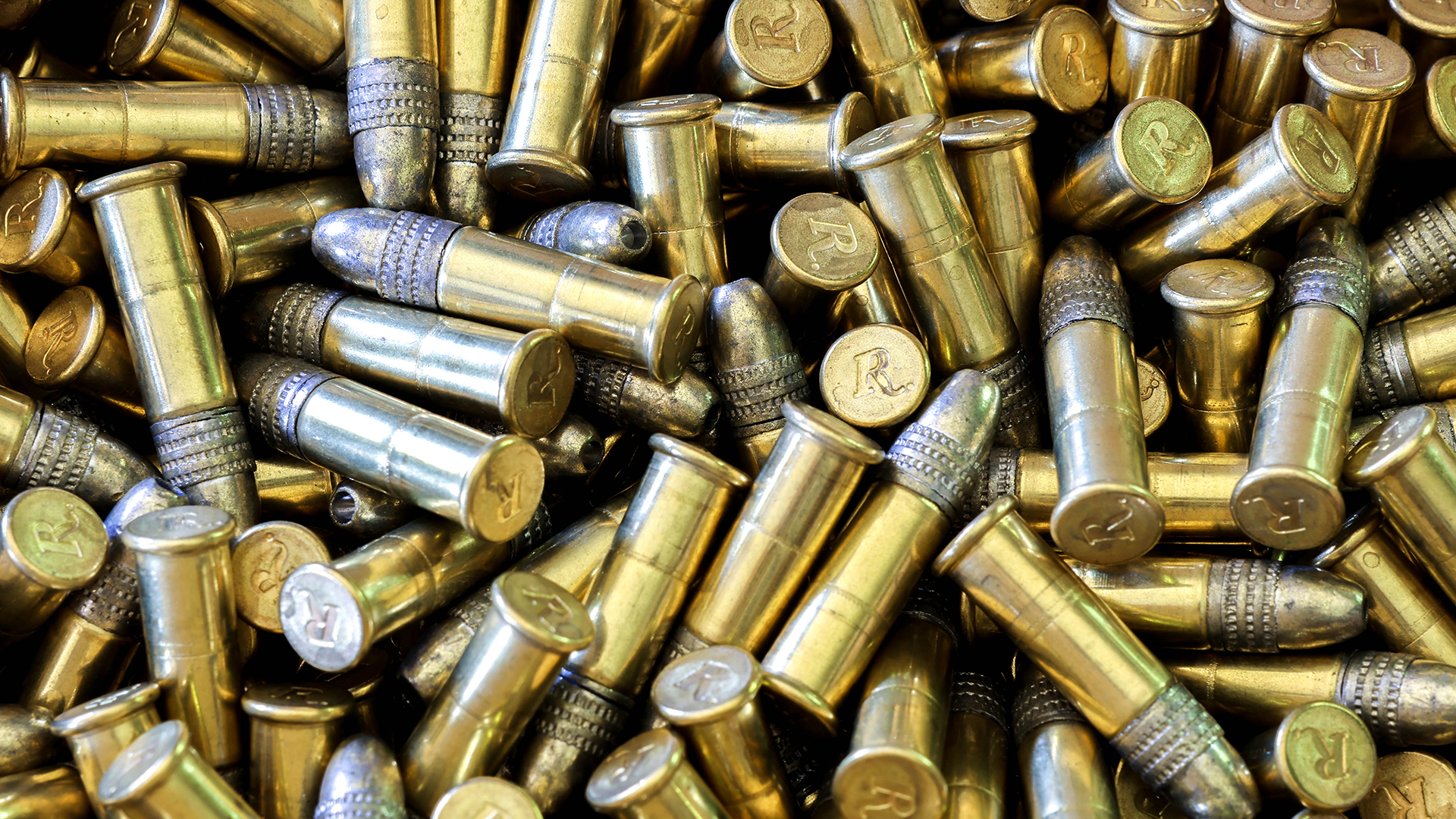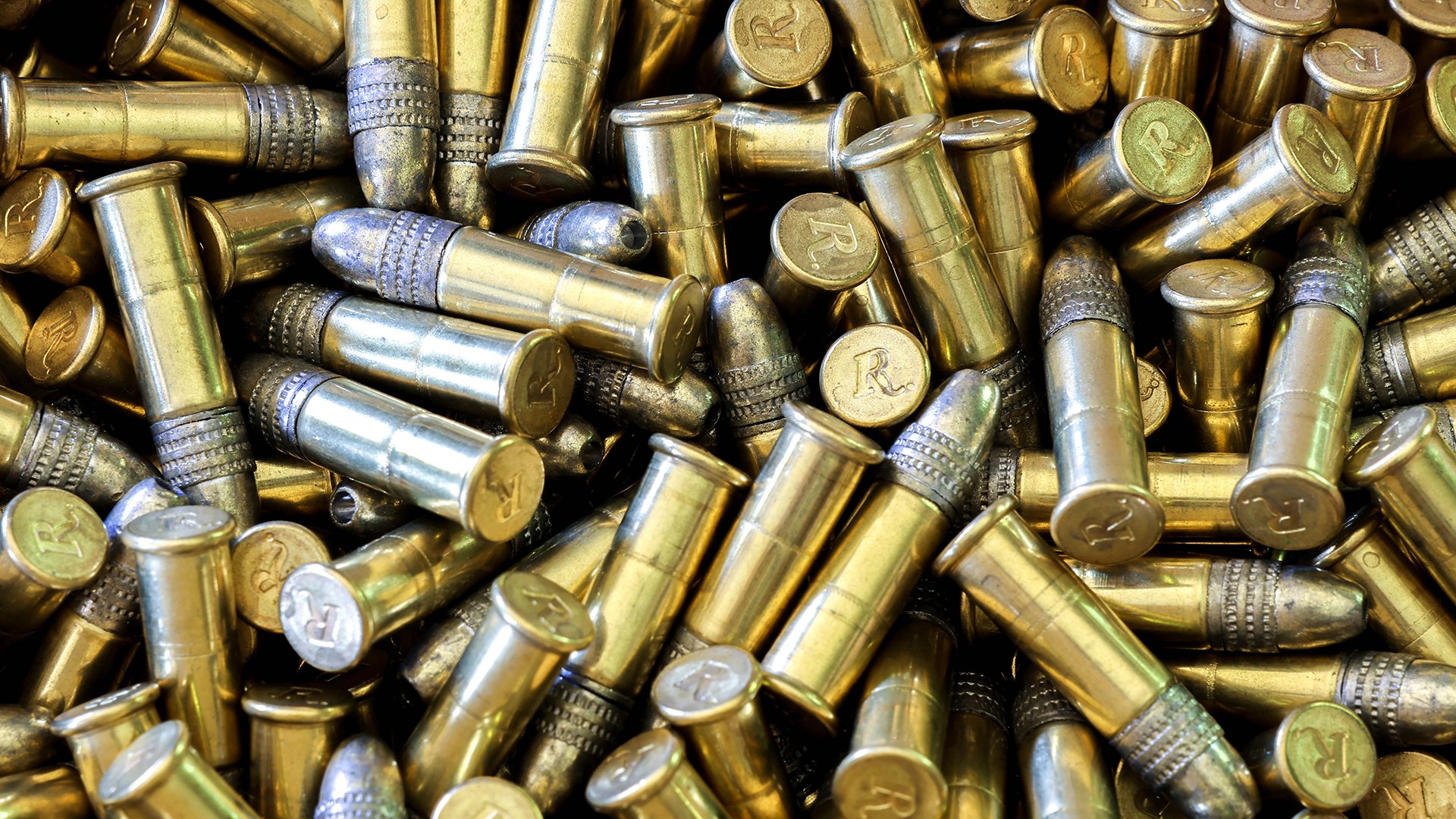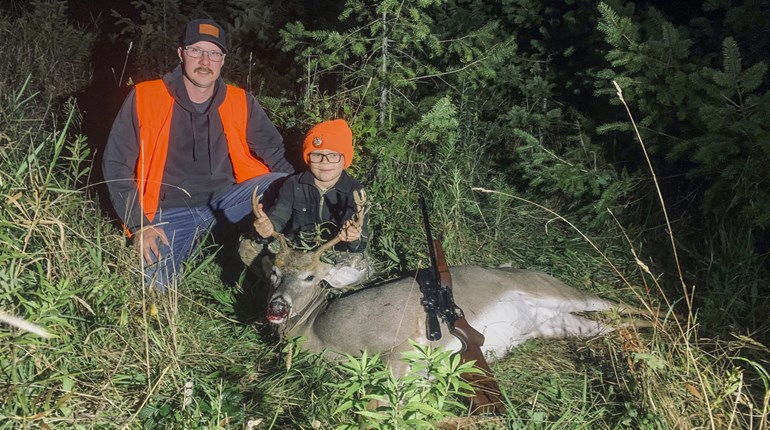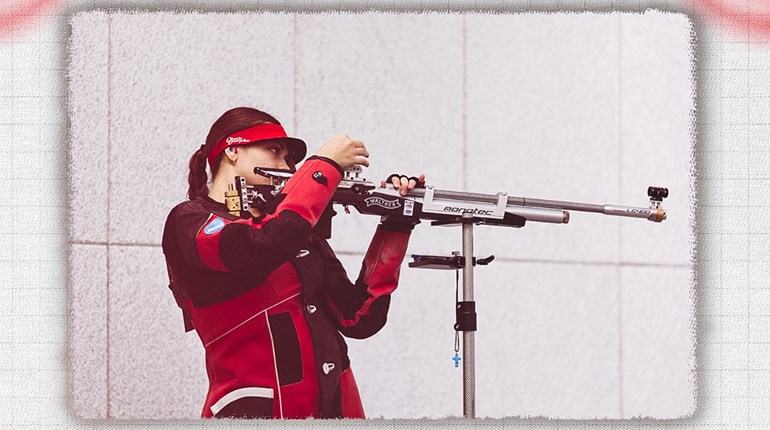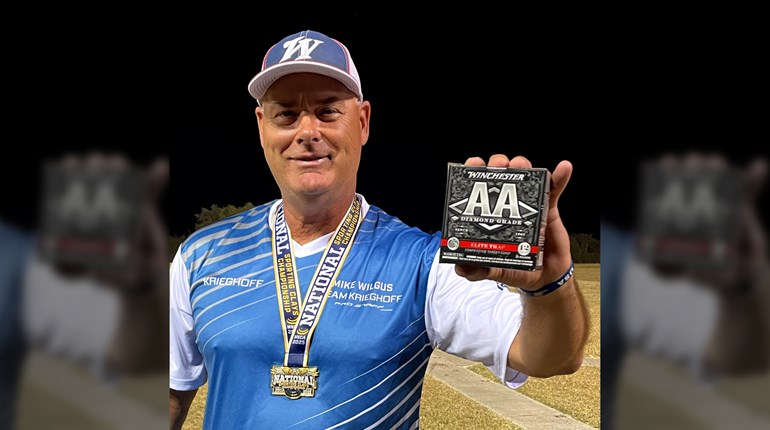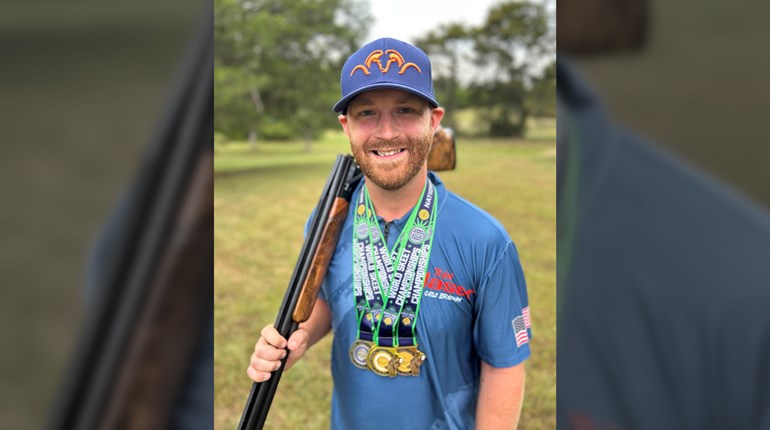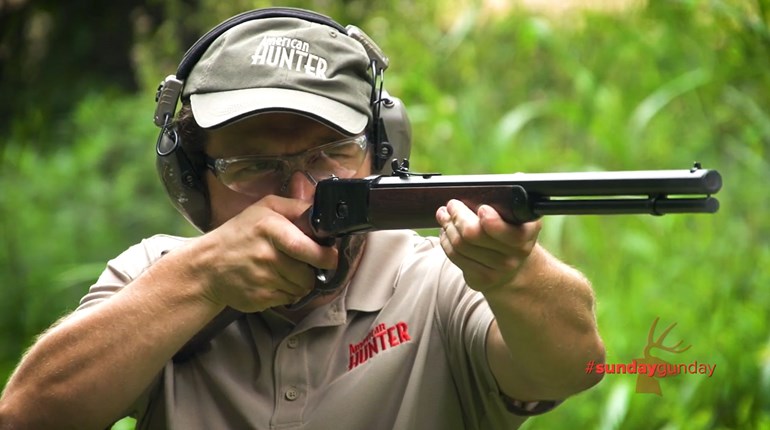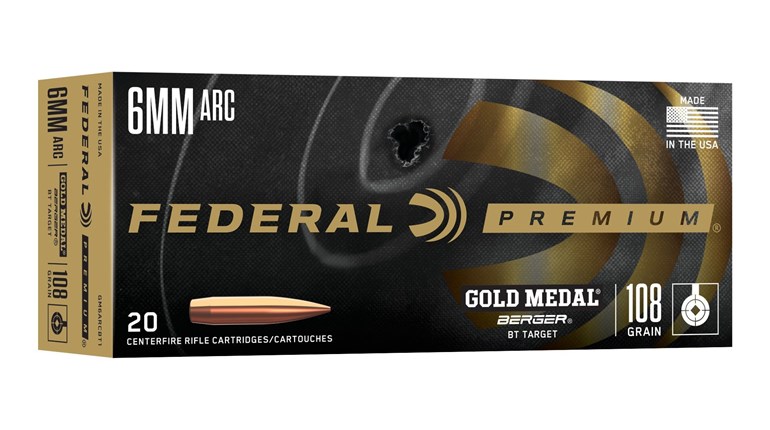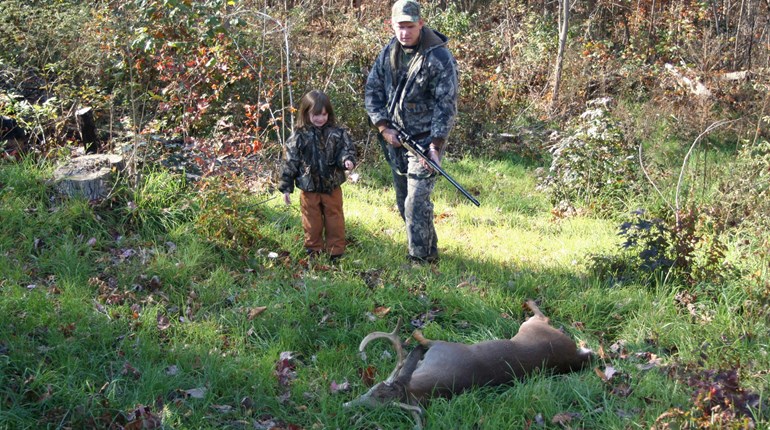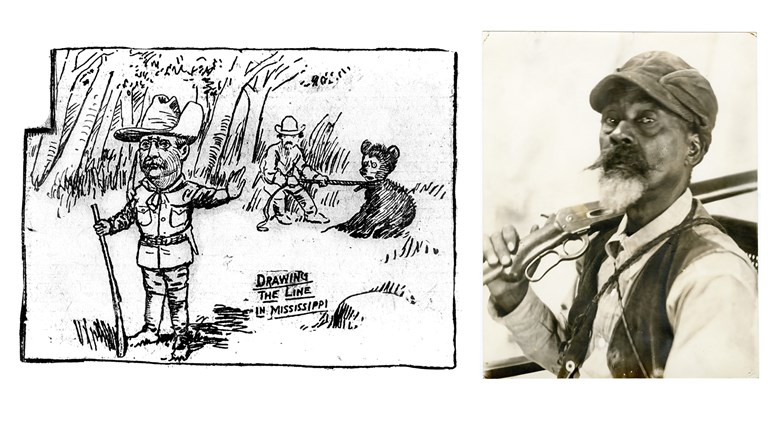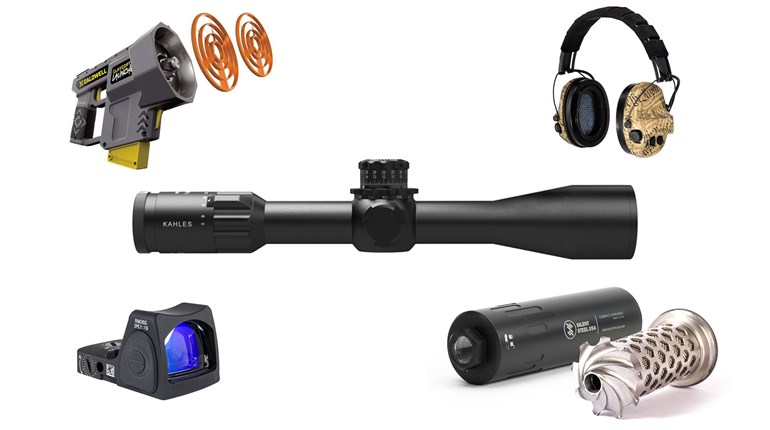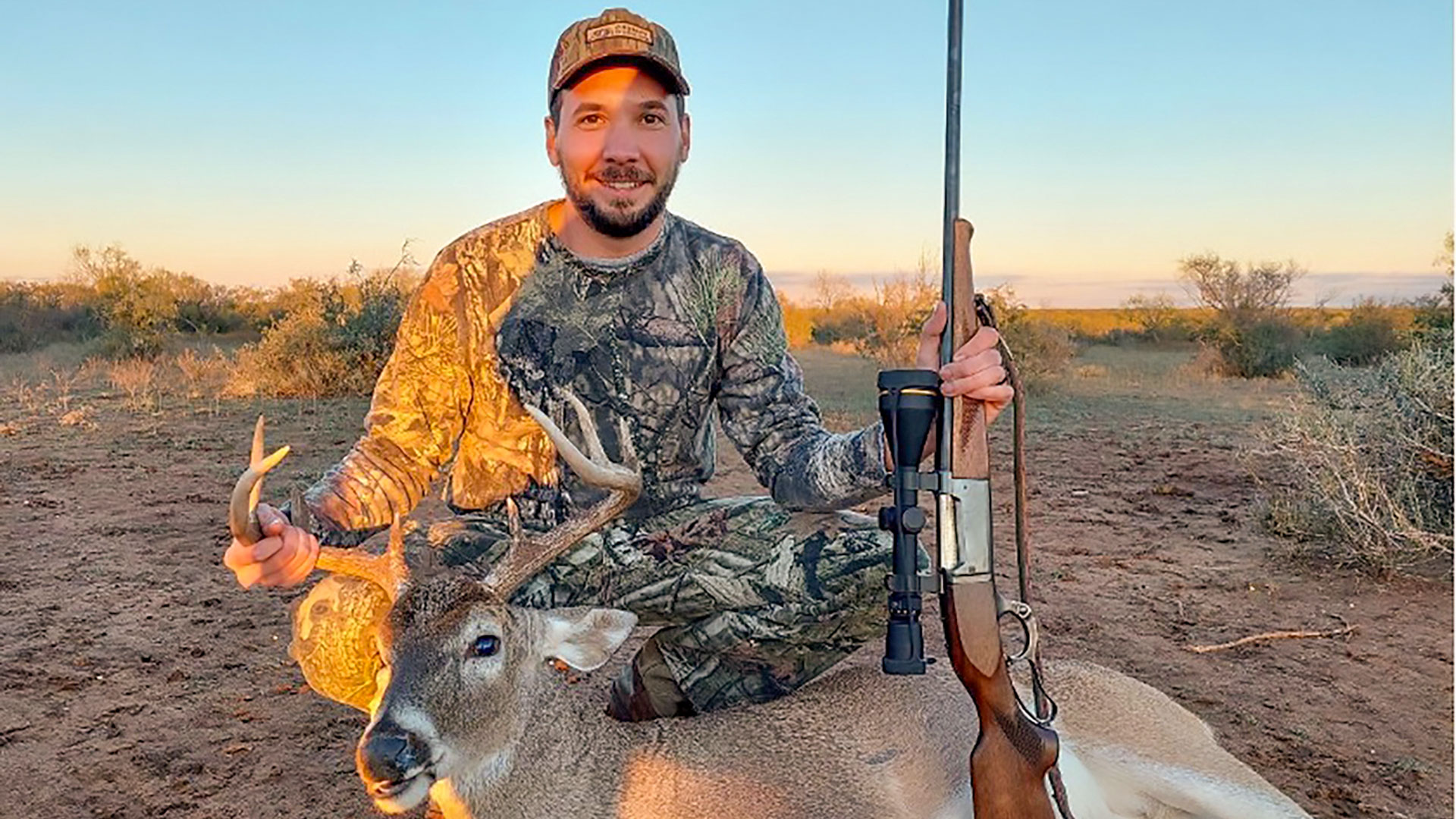
A Model 99 in .300 Savage was my father, Carl’s, Christmas gift in 1959. He was brought up in the city, and his only deer hunting opportunities were to travel from Philadelphia to central Pennsylvania for the two-week deer season for a whitetail buck. Often the bag went empty, but there were the few lucky bucks that traveled home to the city from central Pennsylvania, tied down to the trunk lid of the Chevy sedan for the trip to the processor. Fresh venison in the city. As the years passed, several bucks along with many more does were bagged with this fabled rifle.
Lately, the Model 99 has taken on a life of its own. I read articles about it that are not too far off from my tale.
Dad moved our family to central Pennsylvania in 1967, the year I was able to enter the woods for the iconic whitetail hunt. In preparation for the upcoming deer season, I was presented with a Savage Model 24 S-D over/under. Evenings and weekends were spent in the woods in pursuit of small game that is plentiful in central Pennsylvania’s valley farmlands. Squirrels were no match for the 20-gauge lower barrel. The upper barrel, a .22 Magnum, was too much for the bushytailed critters. Rabbits and pheasants all succumbed to the 20-gauge. Then came deer season.
Dad, with his .300 Savage, brought me, with my over/under, to central Pennsylvania’s fabled Black Moshannon State Park. Buck season went without seeing any antlers even though deer were seen behind every tree.
Doe tags had been purchased for the Monday and Tuesday doe season. Work and school were put on hold as it was in central Pennsylvania in the late ’60s. It was off to Black Moshannon with our Savage arms. It could not have been scripted any better. Twelve-year-old me, loaded with a 20-gauge rifled slug, downed my first deer, a young button buck. The dressing of the deer went south with the gut-retching chore that almost cost me my breakfast. My dad then had his chance at a deer with the Model 99. One shot, one deer. The old Model 99 did its brush-busting best in the wood’s tangles of grapevined oak trees and low brush.
The old Model 99 saw many deer seasons on Dad’s shoulder. I cannot remember a season where neither of us downed a deer. He finally hung up the Model 99 in 1998, or better put, passed it on to me.
After Dad’s passing, I decided to use the Model 99 in his memory. The old arm proved to be just as effective as it had been in his hands.
Fast forward to 2017 where the old Model 99 was passed down by me to my nephew, Daniel. I was heading to Texas, and in parting, gave the trusted Model 99 to him. A few years later, Daniel also landed in Texas, where for the past five years he has toted the Model 99 to a central Texas ranch to hunt alongside me. Good times have been had, and more are in store for central Texas deer hunting. Daniel’s first shot at a Texas buck was a clean miss with the old Model 99. The buck came back, and that was the last miss by Daniel. Five years of hunting in Texas and five bucks for Daniel with the old Model 99.
We are in the habit of taking a photo of our success for Daniel’s parents and family back in the Keystone State. In sharing the photos with fellow sportsmen, I will get a comment on the rifle—the Model 99—and occasionally on the deer. Some say the Model 99 is a collector’s item; others know it still has its iconic place in whitetail hunting history. Several have shared stories of taking their first buck with a Model 99.
Back in December of 1959, the Model 99 cost my mother $85.25. It has become a wise investment in precious metal, walnut and stories that cannot be traded for any amount.






